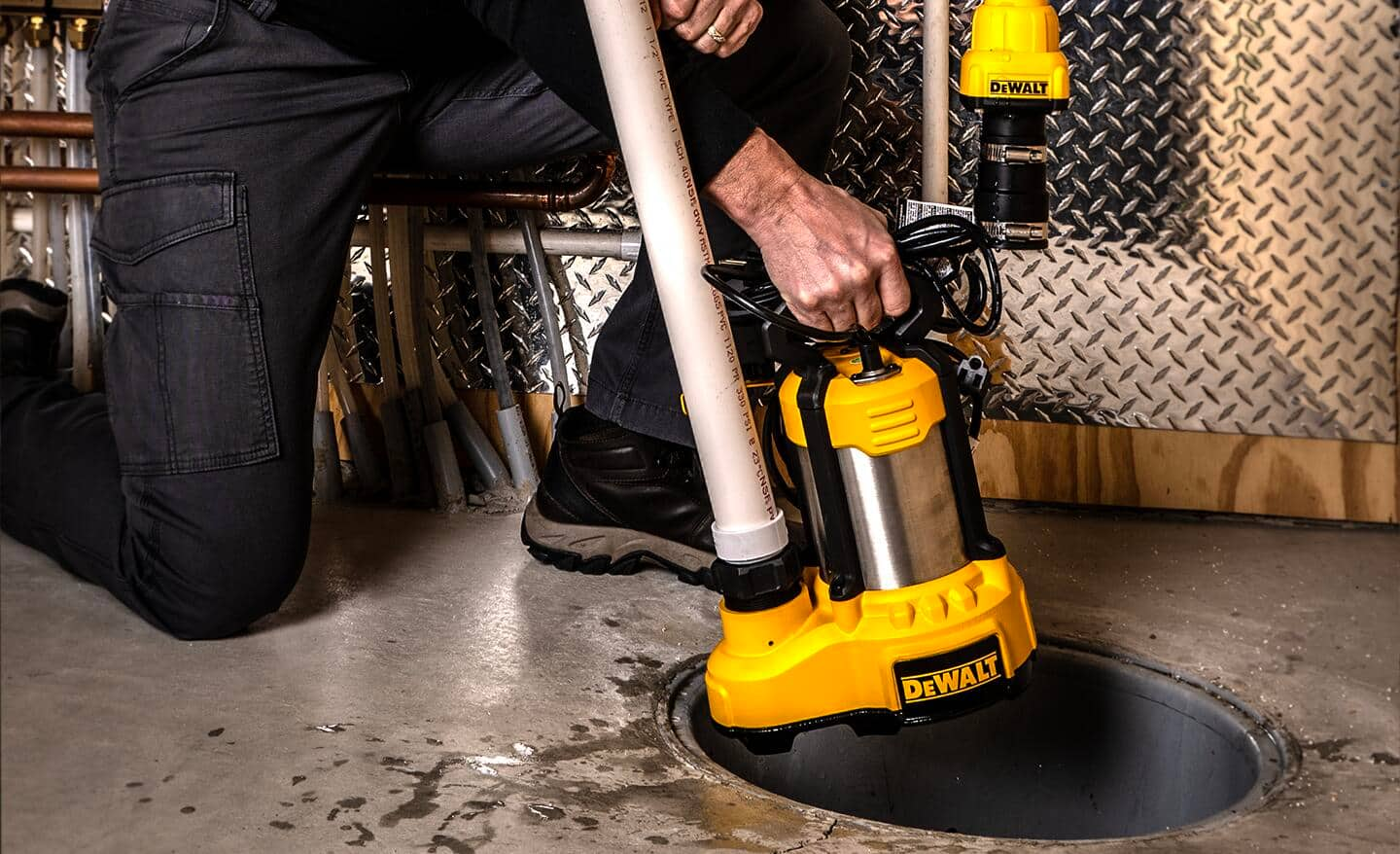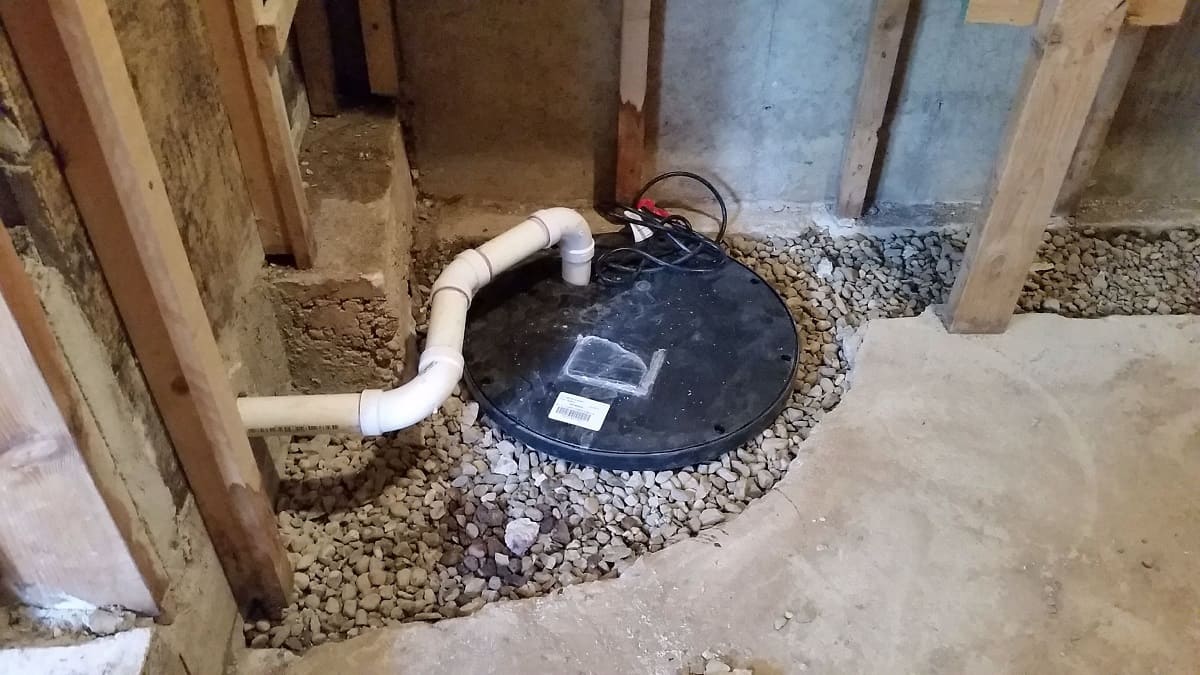Leading Steps for Taking Care of Your Sump Pump
Leading Steps for Taking Care of Your Sump Pump
Blog Article
Are you currently in search of content on Steps to Cleaning Your Sump Pump Properly?

Sump pumps are crucial elements in numerous homes, specifically in locations vulnerable to flooding or excessive wetness. They assist stop water damage by effectively eliminating excess water from cellars or crawl spaces. Nonetheless, like any other device, sump pumps need regular upkeep to guarantee they operate efficiently when needed the most. Cleaning your sump pump is a crucial part of its maintenance, and understanding exactly how to do it appropriately can conserve you from costly fixings and potential calamities.
Introduction
Keeping a clean sump pump is vital for its correct performance and long life. Disregarding this crucial task can cause clogs, malfunctions, and inevitably, water damages to your property. Therefore, discovering just how to cleanse a sump pump is essential for homeowners that rely on these gadgets to maintain their basements completely dry and secured.
Understanding the Sump Pump
Before diving into the cleaning procedure, it's essential to have a standard understanding of how a sump pump functions. Generally installed in a pit or container below the cellar flooring, a sump pump contains numerous essential components, consisting of a pump, a float button, and a discharge pipeline. When water collects in the pit, the float switch turns on the pump, which then pumps the water out with the discharge pipeline, away from the structure's structure.
Indications of a Dirty Sump Pump
Knowing when your sump pump needs cleansing is vital for stopping prospective malfunctions. Some common signs that show an unclean sump pump include weird sounds during procedure, decreased water flow, and visible particles in the pit. If you see any one of these signs and symptoms, it's essential to clean your sump pump immediately to avoid any additional issues.
Getting ready for Cleansing
Prior to you begin cleansing your sump pump, it's essential to take some security precautions. Begin by shutting off the power to the pump to stay clear of any electric crashes. Additionally, wear ideal protective gear, such as gloves and safety glasses, to protect on your own from dust, debris, and potential pathogens.
Detailed Overview to Cleaning Up a Sump Pump
Shutting Off the Power
Begin by disconnecting the power supply to the sump pump to stop any kind of accidents while cleaning.
Eliminating Particles and Dirt
Use a container or a scoop to eliminate any kind of noticeable particles, dust, or debris from the sump pit. Dispose of the debris appropriately to stop it from clogging the pump or the discharge pipeline.
Cleaning up the Pump and Drift Switch Over
Once the pit is clear of particles, very carefully eliminate the pump from the pit. Check the pump and the float switch for any type of indicators of damages or wear. Use a soft brush or towel to clean up the surface areas and remove any kind of accumulated grime.
Flushing the System
After cleaning the pump and float button, flush the sump pit with clean water to eliminate any kind of staying dirt or debris. This will help make sure that the pump runs efficiently and successfully.
Checking for Appropriate Functioning
Before re-installing the pump, carry out a fast test to make sure that the float switch activates the pump properly. Pour some water right into the sump pit and observe the pump's operation. If every little thing is working correctly, you can reconstruct the pump and reconnect the power supply.
Maintenance Tips to Keep Your Sump Pump Clean
In addition to regular cleansing, there are numerous maintenance ideas you can follow to maintain your sump pump in optimum problem:
Verdict
Cleaning your sump pump is an important element of its upkeep and ensures that it runs successfully when you need it the most. By complying with the actions detailed in this overview and including regular upkeep right into your routine, you can prolong the life expectancy of your sump pump and shield your home from water damages.
6 STEPS ON HOW TO CLEAN A SUMP PUMP PROPERLY
UNDERSTANDING SUMP PUMPS
Your sump pump plays a crucial role in protecting your home by managing and removing excess water. It primarily functions as a “shield”, guarding your basement against the damaging effects of water accumulation. The pump is housed in a sump pit in the lowest part of your basement, and its job is to pump out any water that collects there.
During heavy rainfalls or when snow melts rapidly, water can infiltrate your basement, posing potential risks like flooding, structural damage, and harmful mold growth. Here, the sump pump springs into action, pumping out the intruding water and directing it away from your home.
SAFETY FIRST
Before cleaning, remember to prioritize safety. Disconnect the sump pump from the power source to prevent any accidental electric shocks. Also, wear sturdy gloves to protect your hands from any sharp or dirty components within the pump.
REMOVE THE SUMP PUMP
After ensuring your safety, the next step is to remove the sump pump from its pit. Doing this might require careful maneuvering as you don’t want to damage any pump components. Once removed, clean the sump pit to remove any accumulated debris or sludge.
INSPECT THE PUMP
Inspect the pump for any visible signs of wear or damage. Check the power cord, float switch, and impeller housing. If any components look worn out or damaged, consider replacing them to ensure optimal performance.
CLEAN THE PUMP
Thoroughly clean the pump with warm, soapy water. Make sure to rid it of any dirt, gravel, or other debris that might impede its performance. You can use a toothbrush to clean the small, hard-to-reach parts of the pump.
REINSTALL THE SUMP PUMP
Reinstall the pump into the sump pit Make sure it’s positioned correctly to remove the water effectively Once it’s back in place, reconnect it to the power source TEST THE PUMP
Finally, pour some water into the pit to ensure the pump works correctly. It should start automatically and begin pumping out the water; if it doesn’t, check the power source and the positioning of the pump.
Remember, while cleaning your sump pump is an essential part of home maintenance, hiring a professional plumber for a thorough inspection and cleaning at least once a year is also important. This will ensure that your pump is in optimal condition, ready to protect your home from potential water damage.
BEST PRACTICES FOR CLEANING SUMP PUMP DISCHARGE PIPES
Regular Inspection: Regularly inspect your discharge pipes, especially during heavy rainfall or snowmelt periods. Look for any signs of blockage or damage. Early detection of problems can prevent serious issues down the line. Periodic Cleaning: Over time, sediment and debris can accumulate in the discharge pipes, impeding the flow of water. Regular cleaning helps keep the pipes clear and functioning efficiently. You can use a high-pressure water jet to effectively clean the pipes. Insulation During Winter: In colder climates, discharge pipes can freeze, blocking the outflow of water. Protect your discharge pipes from freezing temperatures by insulating them with foam pipe insulation. This will ensure the sump pump can continue to discharge water even in freezing conditions. Proper Positioning: The discharge pipe should be positioned to direct water away from your home’s foundation. Improper positioning can lead to water seeping back into the basement. Ensure the pipe is long enough and angled correctly. Installation of a Check Valve: A check valve prevents water from flowing back into your sump pit after the pump has pushed it out. Installing a check valve helps maintain the efficiency of your sump pump and reduces the risk of flooding. Minimize Pipe Turns: Every curve or turn in the discharge pipe can decrease the efficiency of water flow. By minimizing turns and bends in your discharge pipe, you can increase the efficiency of your sump pump. https://www.fullspeedplumbing.com/how-to-clean-a-sump-pump-properly9999/

As an avid reader on Keep Your Sump Pump Clean, It'll Keep You Dry, I figured sharing that piece of content was worth the trouble. Are you aware of another individual who is in the market for the topic? Why not share it. Kudos for your time. Please pay a visit to our blog back soon.
Get Estimate Report this page